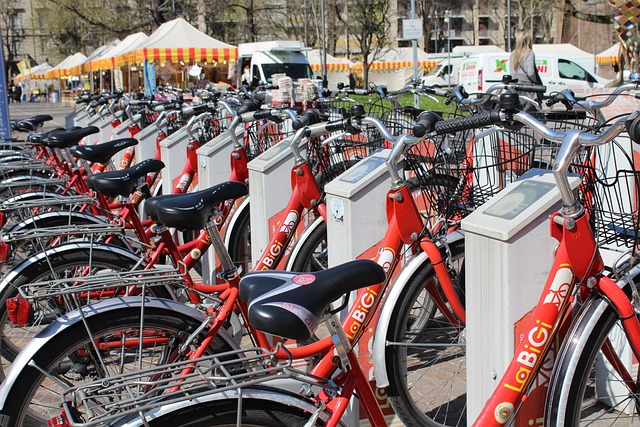In recent years, the shift towards smart solutions has permeated various sectors, and now it’s the turn of rural development to embrace the benefits of technology. At the forefront of this movement is the concept of an intelligent traffic system, which holds the potential to revolutionize transport sustainability. These systems harness data analytics, IoT devices, and machine learning algorithms to optimize traffic flow, minimize congestion, and promote eco-friendly transportation options.
Rural areas, often overlooked in discussions about smart transportation, face unique challenges. Limited public transport options, long travel distances, and inadequate infrastructure can hinder economic development and social mobility. By integrating an intelligent traffic system, rural communities can improve not only traffic management but also accessibility and safety. Imagine a world where real-time data informs residents about available transportation options, traffic conditions, and even weather impacts. Such systems can transform the commuting experience, allowing residents to make informed decisions that significantly reduce their carbon footprint.
Moreover, an intelligent traffic system doesn’t just enhance individual travel; it can facilitate a shift towards more sustainable modes of transport. By prioritizing public transit, cycling, and walking paths, these systems can encourage residents to opt for greener alternatives. This shift is crucial for fostering an eco-conscious community, ensuring that rural areas contribute positively to climate change initiatives.
Integration is key to the success of these systems. Collaboration between local governments, transportation agencies, and technology providers is essential to ensuring that the intelligent traffic system is tailored to meet the specific needs of rural areas. This involves considering local geography, population density, and cultural habits. Only through such a collaborative effort can we ensure that technology serves the community effectively.
Furthermore, the data generated by an intelligent traffic system can provide invaluable insights into travel patterns and community needs. This information can help local governments prioritize infrastructure investments, leading to enhanced connectivity and economic opportunities. By fostering transport sustainability through informed decision-making, rural development can thrive, breaking down barriers and opening up new avenues for growth and collaboration.
As we move forward, it’s imperative for stakeholders in rural development to embrace the concept of intelligent traffic systems. This technology isn’t merely a futuristic ideal; it’s a practical solution that can bring about meaningful changes for rural communities. By integrating smart systems into their transportation networks, we can pave the way for sustainable growth, a cleaner environment, and ultimately, a better quality of life for all residents.




